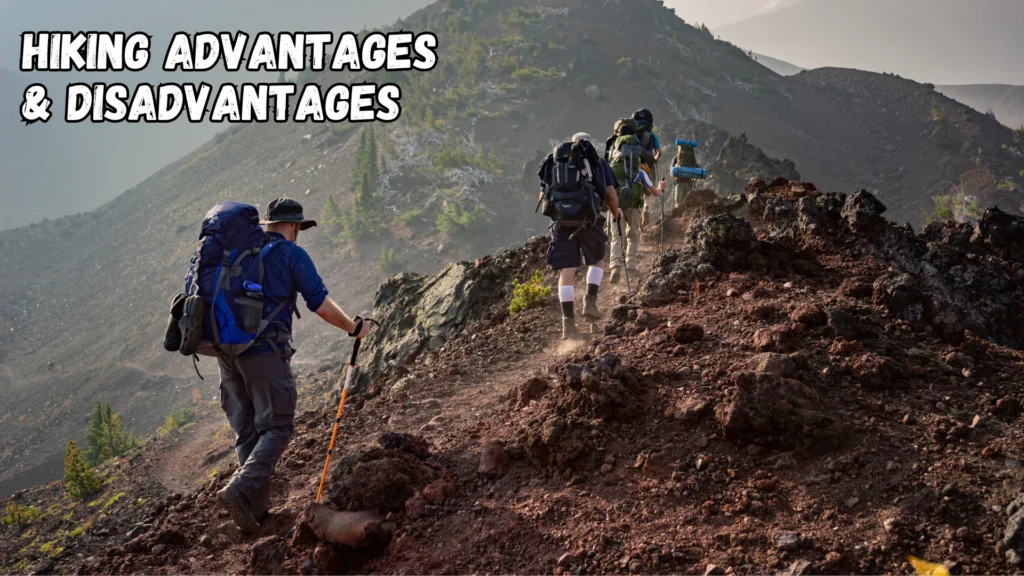Hiking is one of the most popular outdoor activities people enjoy, and there is nothing better than being out in nature, taking in the fresh air, and enjoying the scenic views. However, hiking requires some navigation skills to keep you on the right track and ensure that you do not get lost. Even if you are hiking on a well-defined trail, it is important to know how to navigate, especially if you decide to take a detour or go off the beaten path. Here are some essential tips for navigating while hiking.
1. Plan Your Route
Planning your hiking route beforehand is the first step in navigating effectively. You should research the trail you plan to take, note down any landmarks you may come across, know the distance you will be covering, the elevation gain, and the overall terrain. By having a clear understanding of the area and its landmarks, you can easily follow the trail and keep yourself from getting lost.
2. Carry a Map and a Compass
A physical map and compass are essential tools for navigating while hiking. Make sure you carry a map of the trail and its surrounding areas, so you can quickly reference it to determine your location. Always keep your compass with you and know how to use it to ensure you’re headed in the right direction. Take time to learn how to read a map and use a compass properly before hitting the trails to ensure that you can find your way back to your starting point with ease.
3. Use GPS Apps or Devices
Technology has made it easier to navigate while hiking, and using a GPS app or device like a GPS watch can be especially helpful when hiking in unfamiliar areas. There are many different types of GPS devices available in the market, and you can find some that even provide topographical maps that pinpoint your exact location. GPS apps on your phone can also be useful; just keep in mind that you need to have a connection to use them.
4. Follow the Trail Markers
If the trail you are on has markers, make note of them and keep an eye out for them. These markers typically come in different colors and shapes based on the type of trail and land you are on. When you see a marker, stop for a moment, check your map and compass, and ensure that you are headed in the right direction.

Credit: www.nps.gov
5. Pay Attention to Your Surroundings
While hiking, make sure to pay attention to your surroundings. The terrain, vegetation, and other landmarks might give you a clue as to where you are on the trail. For example, on a mountain, the vegetation at higher elevations will look different than what you might see at lower altitudes. You can also try memorizing the scenery at different points of your journey to work your way back if needed.
6. Leave No Trace
Finally, remember to leave no trace behind. Stay on the trail, do not create any new ones, and avoid disturbing the environment. Marking your trail with inedible elements like ribbon or markers might interfere with natural views and affect your safety. Plus, by not leaving a trace, you do your part to help keep the environment free of litter and preserve it for future generations.
FAQs:
How Do I Navigate On A Hiking Trail?
To navigate while hiking, utilize a map and compass. Keep track of your surroundings and double-check your trail path before proceeding.
What Should I Carry With Me For Navigation?
Bring a map and compass, and ensure you have a charged GPS device. Carry a whistle, so you can alert others in case of an emergency.
Can I Rely On My Smartphone For Hiking Navigation?
While smartphones are handy, they can’t replace a paper map, compass, and GPS. Have a backup like a power bank, in case your phone dies.
What If I Get Lost While Hiking?
Stop, stay calm and retrace your steps. Study your map and compass to determine your location. Look for landmarks to guide you back on track.
Conclusion
Navigating while hiking can be challenging, especially when you are in an unfamiliar area. However, by following these tips, you will increase your chances of staying on the right track and making your way back safely. Planning your route, carrying a map and compass, using GPS apps or devices, following trail markers, paying attention to your surroundings, and leaving no trace are all essential skills to help you navigate effectively and make your hiking experience a success. Happy trails!



